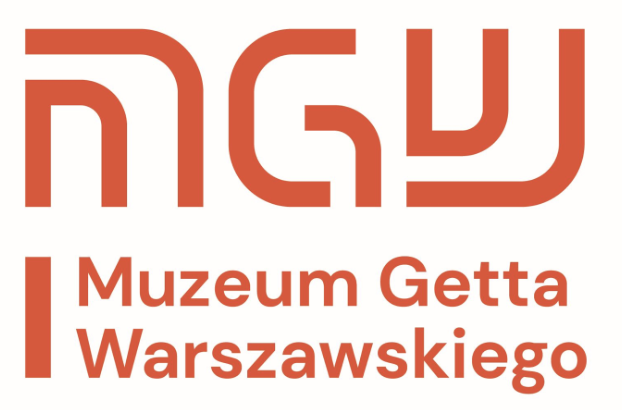The Warsaw Ghetto Museum website:
https://1943.pl/en/
A new Warsaw Ghetto Museum is being built in Warsaw. It will be one of the most modern Polish museums, and its founding will fill the painful gap that has existed so far in the network of Polish institutions of this type. The Warsaw Ghetto was completely destroyed by the German occupiers, and the vast majority of its inhabitants were murdered. This presents a difficult task for the emerging institution. To this day, very few artifacts have survived – objects that could become exhibits, and which were either in the area of the Warsaw Ghetto during its existence, or were the property of refugees from the Ghetto hiding (in Warsaw or outside it) later.
Polish institutes around the world, including ours, want to help the new Museum. If you happen to have any such related artifacts, and you would like to donate (or lend) it to the emerging facility, please contact us at nyc.office@instytutpolski.pl. We encourage you to donate gifts to us, and we will pass them on to the employees of the Warsaw Ghetto Museum.
More information on the Warsaw Ghetto Museum can be found on the website www.1943.pl.
Let’s build a Museum together!
About the Warsaw Ghetto Museum
The building situated between 51 Śliska Street and 60 Sienna Street was constructed between 1876 and 1878 and was subsequently known as the Bersohn and Bauman Children’s Hospital. The hospital was established through monetary endowments of two affluent Warsaw families. It was Majer Bersohn (1787-1873) who initiated the idea of establishing a hospital. His sons Mathias (1824-1908) and Jan (1829- 1913) Bersohn together with son-in-law Salomon Bauman (d. 1876) and daughter Paulina Bauman, provided additional funding. Attendees of the hospital opening ceremony included the President of Warsaw, General Lieutenant Sokrat Starynkiewicz.
Initially, the hospital had a 20-bed capacity, which increased to 43 beds by 1915. It should be noted that the hospital treated children free of charge. The main building was designed by Artur Goebel and subsequently underwent extensive expansion in the years 1924-1930, according to the design of Henryk Stifelman. Funded by the Dawidsohn family, a new Ophthalmology Clinic (standing to this day) was added to the main hospital building in 1900, the first director being Noe Dawidsohn.
Many eminent doctors worked in the hospital over the years, undoubtedly the most famous of them was Henryk Goldszmidt (“Janusz Korczak”), employed in the years 1905-1912. The post of the hospital’s chief physician was held respectively by: Ludwik Chwat (1878-1881), Szymon Portner (1881-1910), Adolf Poznański (1911-1923), and finally Anna Braude-Hellerowa (1930-1942).
Between 1878 and 1915, the hospital treated a total of over 20,000 patients, one-third of that number being Christian children. In 1923, as the fortunes of the Bersohn family declined and the Municipality of Warsaw withdrew its subsidy, a decision to close the hospital was taken. Through the efforts of Dr Anna Braude-Hellerowa and with the assistance from the Warsaw Jewish Community and the American Jewish Joint Distribution Committee, the institution was refurbished and expanded reopening in 1930. Dr Braude-Hellerowa became its executive director while Henryk Kroszczor was appointed its administrative director remaining in those capacities until 1942. By 1930, the hospital had 150 beds rising to nearly 250 by the outbreak of the war. In the 1930s, the facility was considered one of the most modern children’s hospitals in Poland.




